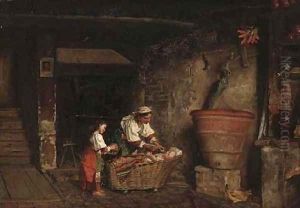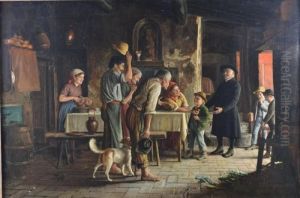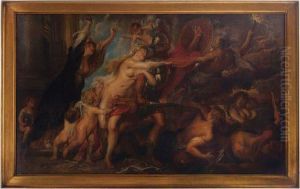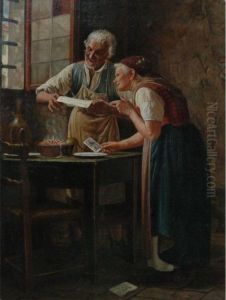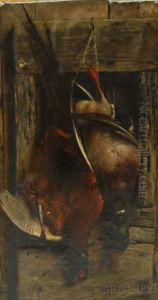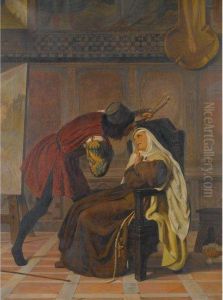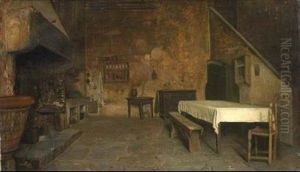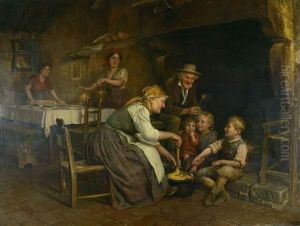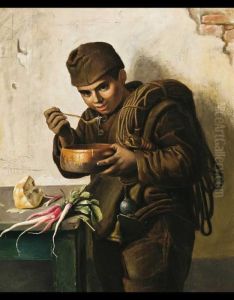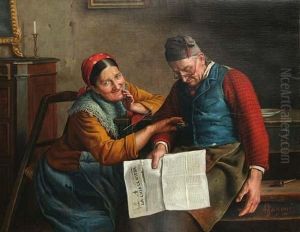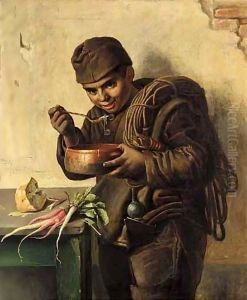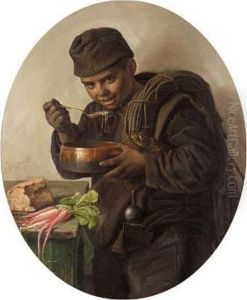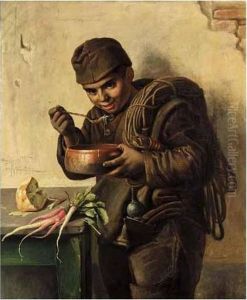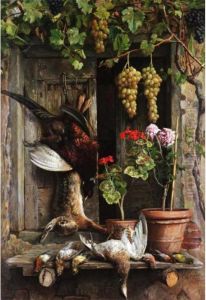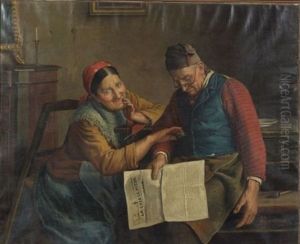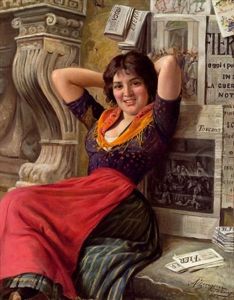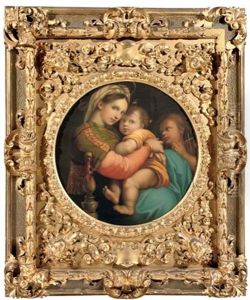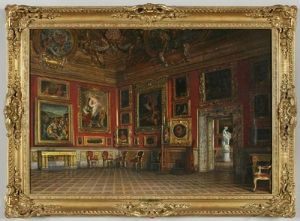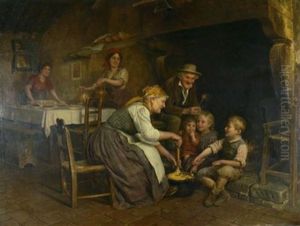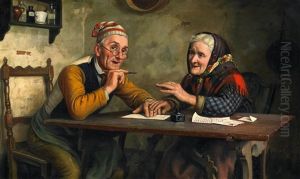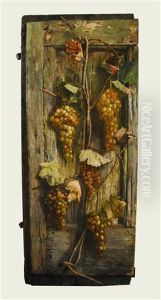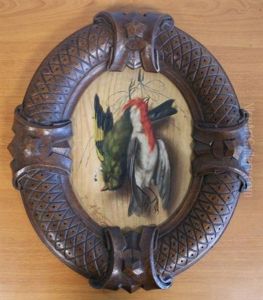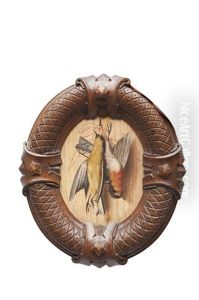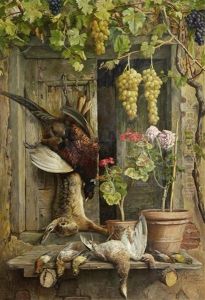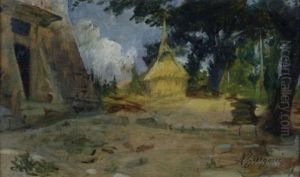Aurelio Zingoni Paintings
Aurelio Zingoni was an Italian painter, born in Florence on December 30, 1861. He is most recognized for his work in the Symbolist style, which was part of a broader cultural movement that emphasized emotions, feelings, ideas, and subjectivity over realism.
Zingoni's artistic journey began at the Academy of Fine Arts in Florence where he honed his skills and developed a profound appreciation for art. His early work was influenced by the Macchiaioli, a group of Italian artists who were active in Tuscany in the second half of the 19th century and were precursors of the Impressionists.
However, Zingoni's style evolved over time, and by the 1890s, he had embraced Symbolism. His paintings from this period often featured mystical and allegorical themes, dream-like atmospheres, and a soft, nuanced use of color. He was particularly adept at portraying female figures, imbuing them with a sense of enigma and sensuality that was characteristic of the Symbolist movement.
Beyond painting, Zingoni was also involved in the decorative arts, contributing to the design of interiors and objects with his distinctive aesthetic. Throughout his career, he exhibited his work in various Italian cities as well as abroad, gaining recognition for his unique contribution to the art of his time.
Aurelio Zingoni's work was part of the broader European Symbolist movement, which included other notable artists such as Gustave Moreau and Odilon Redon in France, and Ferdinand Hodler in Switzerland. Despite his involvement in this international movement, Zingoni's work remained deeply rooted in his Italian heritage, reflecting the history and spirit of his homeland.
Zingoni's art was not limited to canvas; he also worked on frescoes, which were well-received and added to his reputation as a versatile artist. His ability to work on large-scale projects while maintaining a high level of artistic integrity and vision was notable.
As with many artists of his time, Zingoni's fame dwindled after his death on September 15, 1931. However, in recent years, there has been a resurgence of interest in Symbolist art, leading to a reevaluation of Zingoni's contribution to the movement. His works now can be found in art collections both in Italy and internationally, and he is recognized for his role in the development of Symbolist painting in Italy.
